Curated by Ed Boitano
The middle of winter has long been a time of celebration around the world. Centuries before the arrival of the man called Jesus, early Europeans celebrated light and birth in the darkest days of winter. Many people rejoiced during the winter solstice, when the worst of the winter was behind them and they could look forward to longer days and extended hours of sunlight. In Rome, where winters were not as harsh as those in the far north, Saturnalia — a holiday in honor of Saturn, the god of agriculture — was celebrated.
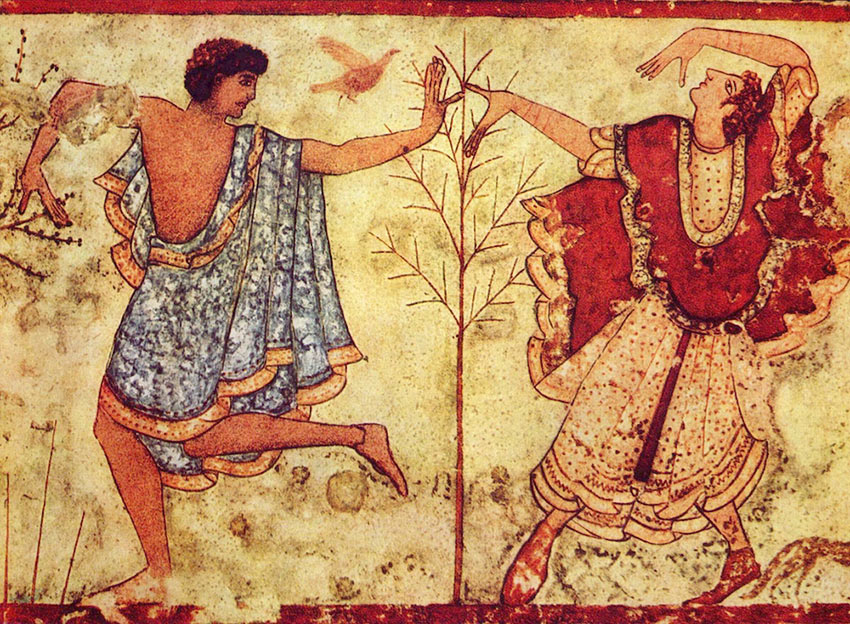
What Is Saturnalia?
Saturnalia, the most popular holiday on the ancient Roman calendar, derived from older farming-related rituals of midwinter and the winter solstice, especially the practice of offering gifts or sacrifices to the gods during the winter sowing season.
The pagan celebration of Saturn, the Roman god of agriculture and time, began as a single day, but by the late Republic (133-31 B.C.) it had expanded to a weeklong festival beginning December 17. (On the Julian calendar, which the Romans used at the time, the winter solstice fell on December 25.)
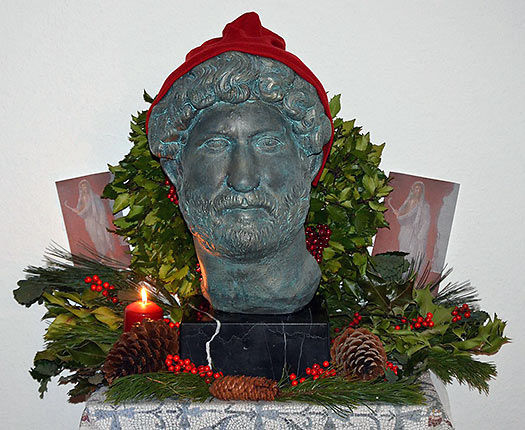
VIA WIKIMEDIA COMMONS / CC BY-SA 2.0
During Saturnalia, work and business came to a halt. Schools and courts of law closed, and the normal social patterns were suspended. People decorated their homes with wreaths and other greenery, and shed their traditional togas in favor of colorful clothes known as synthesis. Gifts were exchanged. Even slaves did not have to work during Saturnalia, but were allowed to participate in the festivities; in some cases, they sat at the head of the table while their masters served them.
Instead of working, Romans spent Saturnalia gambling, singing, playing music, feasting, socializing and giving each other gifts. Wax taper candles called cerei were common gifts during Saturnalia, to signify light returning after the solstice.
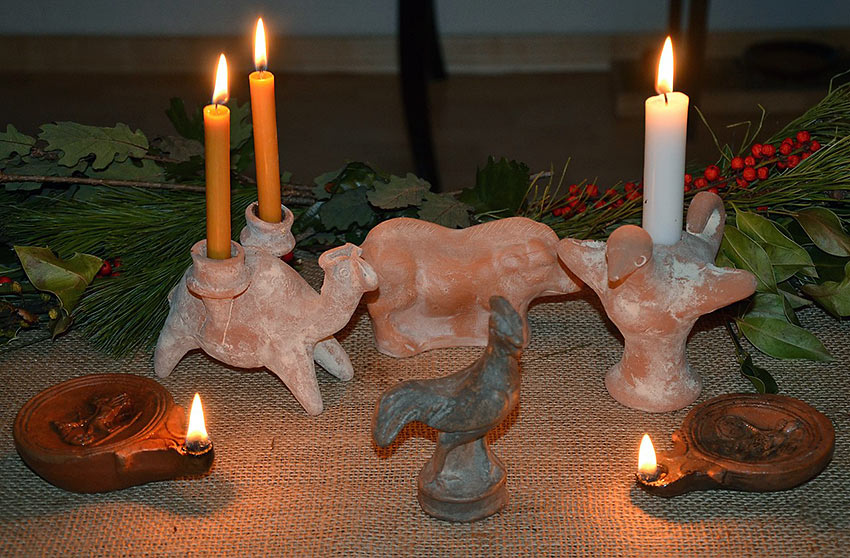
On the last day of Saturnalia celebrations, known as the Sigillaria, many Romans gave their friends and loved ones small terracotta figurines known as signillaria, which may have referred back to older celebrations involving human sacrifice.
Would Christianity Have Spread Without the Romans?
With Christians hiding in catacombs and the Apostle Paul (Saul) quietly spreading the word of Christ in homes and secret locations, Roman emperors Constantine I and Licinius in February 313 A.D. issued the Edict of Milan, a proclamation that permanently established religious toleration for Christianity within the Roman Empire. Curiously, Constantine I died in 337, and apparently converted to Christianity on his deathbed without completely understanding the meaning of this new religion. It was his mother who introduced him to her ‘understanding’ of Christianity, and changed the day of worship to Sunday.
How Saturnalia Led to Christmas
The Christian holiday of Christmas, especially, owes many of its traditions to the ancient Roman festival, including the time of year Christmas is celebrated. The Bible does not give a date for Jesus’ birth; in fact, some theologians have concluded he was probably born in spring, as suggested by references to shepherds and sheep in the Nativity Story.
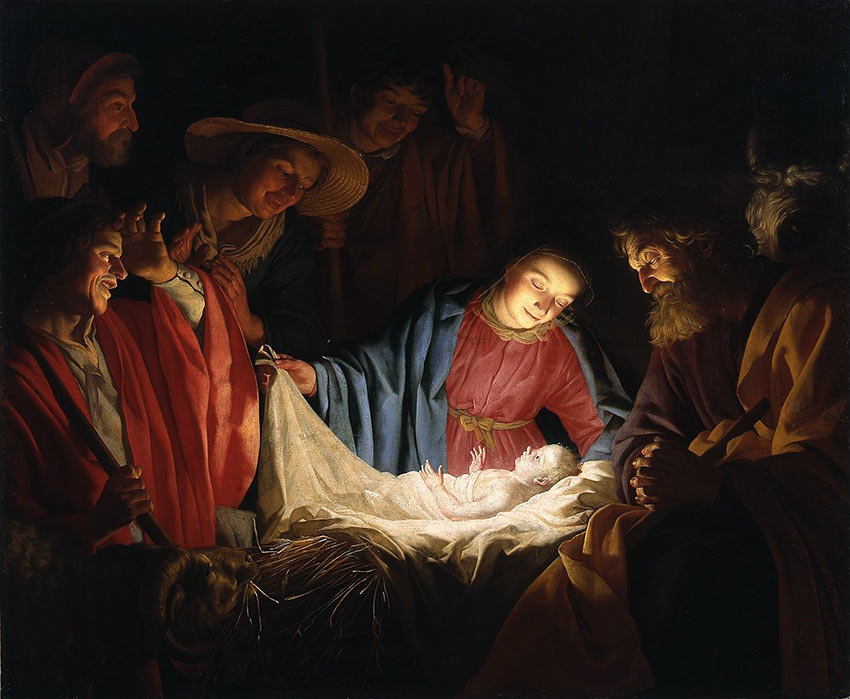
By holding Christmas at the same time as traditional winter solstice festivals, Roman Catholic church leaders increased the chances that Christmas would be popularly embraced, but gave up the ability to dictate how it was celebrated. In the early years of Christianity, Easter was the main holiday; the birth of Jesus was not celebrated. In the fourth century, the Roman Catholic Church decided to institute the birth of Jesus as a holiday. Unfortunately, the Bible does not mention a date for his birth, a fact Puritans later pointed out in order to deny the legitimacy of the celebration. Although some evidence suggests that his birth may have occurred in the spring, why would shepherds be herding in the middle of winter? Pope Julius I chose December 25, 336 AD as the date when Christmas was first celebrated in an effort to adopt and absorb the traditions of the pagan Saturnalia festival. First called the Feast of the Nativity, the custom spread to Egypt by 432 and to England by the end of the sixth century. By the eighth century, the celebration of Christmas had traveled all the way to Scandinavia.
On Christmas, most believers attended church, then celebrated raucously in a drunken, carnival-like atmosphere. Each year, a beggar or student would be crowned the “lord of misrule” and eager celebrants played the part of his subjects. The poor would go to the houses of the rich and demand their best food and drink. If owners failed to comply, their visitors would most likely terrorize them with mischief. Christmas became the time of year when the upper classes could repay their real or imagined “debt” to society by entertaining less fortunate citizens.
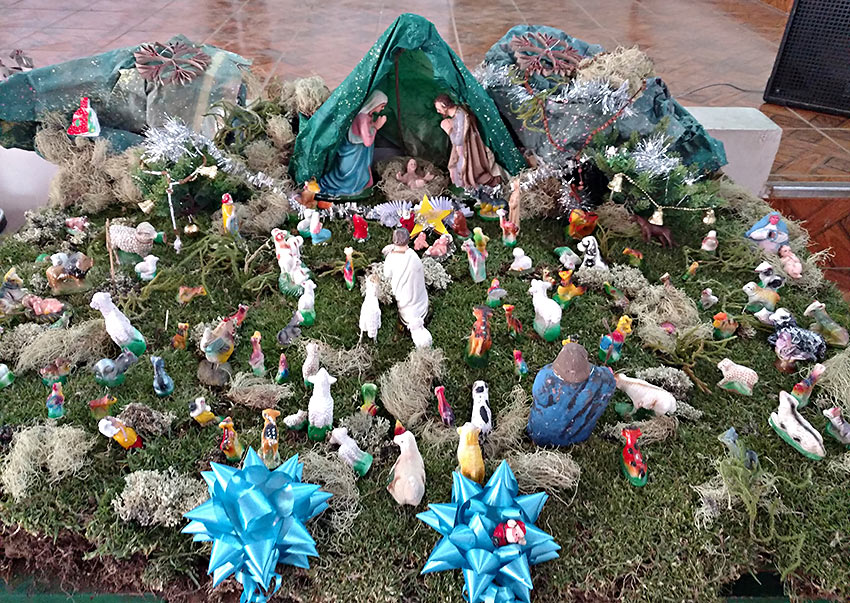
Saint Francis of Assisi & the Nativity Scene
Saint Francis of Assisi is credited with creating the first live Nativity Scene in 1223 in order to cultivate the worship of Christ. He himself had recently been inspired by his visit to the Holy Land, where he’d been shown Jesus’s traditional birthplace. The scene’s popularity inspired countries to stage similar pantomimes.
In the Christian tradition, a Nativity Scene (also known as a manger scene, crib, crèche or in Italian presepio or presepe) is the special exhibition, particularly during the Christmas season, of art objects representing the birth of Jesus. While the term Nativity Scene may be used of any representation of the very common subject of the Nativity of Jesus in art, it has a more specialized sense referring to seasonal displays, either using model figures in a setting or reenactments called “living Nativity Scenes” (tableau vivant) in which real humans and animals participate. Nativity Scenes exhibit figures representing the infant Jesus, his mother, Mary, and her husband, Joseph.
Other characters from the Nativity Story, such as shepherds, sheep, and angels may be displayed near the manger in a barn (or cave) intended to accommodate farm animals, as described in the Gospel of Luke. A donkey and an ox are typically depicted in the scene, and the Magi and their camels, described in the Gospel of Matthew, are also included. Several cultures add other characters and objects that may or may not be Biblical.
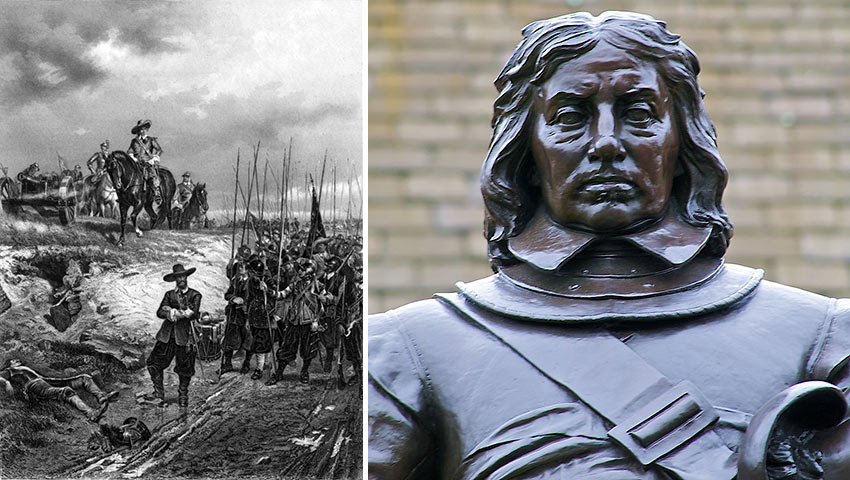
Oliver Cromwell & the Outlaw Christmas Movement
In the early 17th century, a wave of religious reform changed the way the Roman Catholic Mass of Christ was celebrated in Protestant Reformation Europe. When tyrant Oliver Cromwell, an English soldier and statesman, who led parliamentary forces in the English Civil Wars, became lord protector of England, Scotland, and Ireland (1653–58), he vowed to rid the commonwealth of all decadence and banned Christmas. And, of course, it was a Roman Catholic holiday, too. Cromwell’s Puritan soldiers were sent among the streets to remove food cooking for Christmas dinners and all decorations. In Catholic Ireland it was much worse, primarily because of his brutal ethnic cleansing, euphemistically called Cromwellian Genocide.
Upon Cromwell’s death, Charles II was restored to the throne and, with him, came the return of the popular holiday.
The Pilgrims, English separatists that came to America in 1620, were even more orthodox in their Puritan beliefs than Cromwell. As a result, Christmas was not a holiday in early America. From 1659 to 1681, the celebration of Christmas was actually outlawed in Boston. Anyone exhibiting the Christmas spirit was fined five shillings. By contrast, in the Jamestown settlement, Captain John Smith reported that Christmas was enjoyed by all and passed without incident.
After the American Revolution, English customs fell out of favor, including Christmas. In fact, Christmas wasn’t declared a U.S. federal holiday until June 26, 1870.
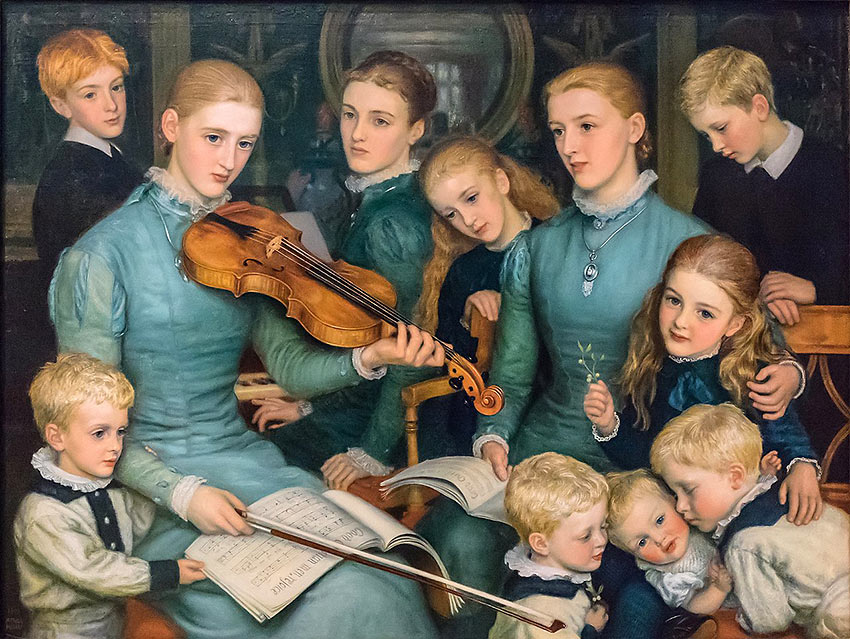
A Christmas Carol
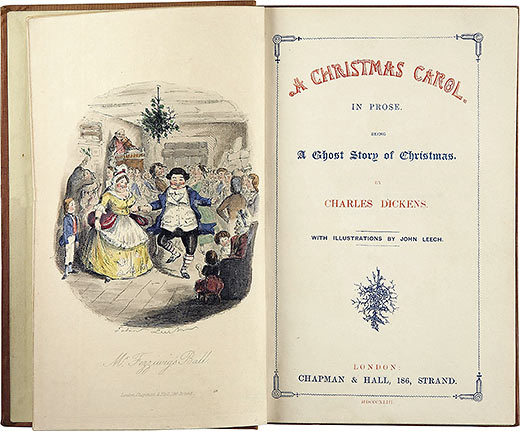
Also around this time, English author Charles Dickens created the classic holiday tale, A Christmas Carol. The story’s message – the importance of charity and good will towards all humankind – struck a powerful chord in the United States and England and showed members of Victorian society the benefits of celebrating the holiday.
The family was also becoming less disciplined and more sensitive to the emotional needs of children during the early 1800s. Christmas provided families with a day when they could lavish attention and gifts on their children without appearing to “spoil” them.
As some Americans began to embrace Christmas as a perfect family holiday, old customs were unearthed. People looked toward recent immigrants and Catholic and Episcopalian churches to see how the day should be celebrated. In the next 100 years, Americans built a Christmas tradition all their own that included pieces of many other customs, including decorating trees, sending holiday cards, and gift-giving.
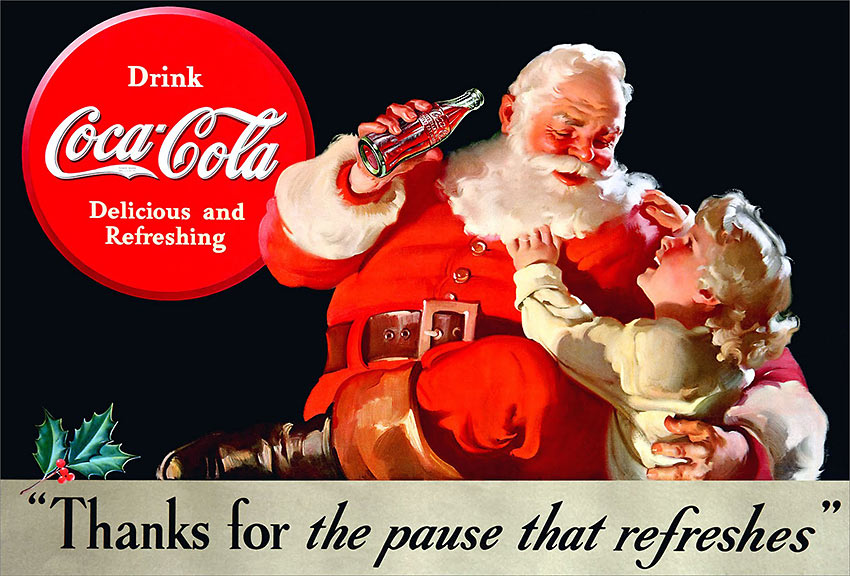
Irving Reinvents Christmas
It wasn’t until the 19th century that Americans began to completely realize Christmas, where they re-invented the celebration, and changed it from a raucous carnival holiday into a family-centered day of peace and nostalgia. But why did the 1800s peak American interest in the holiday?
Well, it was a period of class conflict and turmoil in the U.S. Unemployment was high and gang rioting by the disenchanted classes often occurred during the Christmas season. In 1828, the New York City council instituted the city’s first police force in response to a Christmas riot. This catalyzed certain members of the upper classes to begin to change the way Christmas was celebrated in America.
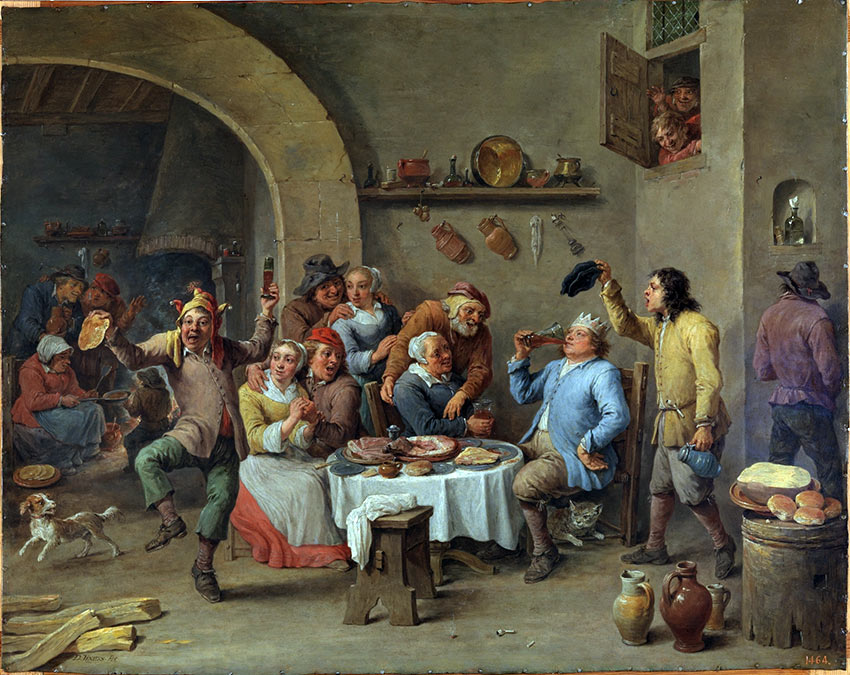
In 1819, American author Washington Irving wrote The Sketchbook of Geoffrey Crayon, a series of stories about the celebration of Christmas in an English manor house. The sketches feature a squire who invited the peasants into his home for the holiday. In contrast to the problems faced in American society, the two groups mingled effortlessly. In Irving’s mind, Christmas should be a peaceful, warm-hearted holiday bringing groups together across lines of wealth or social status. Irving’s fictitious celebrants enjoyed “ancient customs,” including the crowning of a Lord of Misrule. Irving’s book, however, was not based on any holiday celebration he had attended – in fact, many historians say that Irving’s account actually “invented” tradition by implying that it described the true customs of the season.

Happy Holidays, Season’s Greetings – Another Kind of War on Christmas?
“Season’s greetings” is a greeting more commonly used as a motto on winter season greeting cards, and in commercial advertisements, than as a spoken phrase. In addition to “Merry Christmas,” Victorian Christmas cards bore a variety of salutations, including “compliments of the season” and “Christmas greetings.” In the late 19th century, “with the season’s greetings” or simply “the season’s greetings,” began appearing on cards. By the 1920s it had been shortened to “season’s greetings,” and has been a greeting card fixture ever since. Several White House Christmas cards, including U.S. President Dwight D. Eisenhower‘s 1955 card, have featured the phrase.
Facing a confrontation for the good natured greeting to a stranger of “Happy Holidays,” is the antithesis of the Christmas spirit. As one victim pointed out, it’s closer to Ebenezer Scrooge’s “Bah, Humbug” than a defense of the phrase “Merry Christmas.” In the past several years, there has been an open movement against the presumed secular phrase of “Happy Holidays.”
Perhaps, we have forgotten that “Happy Holidays” is a deviation of the Roman Catholic greeting of “Happy Holy Days.” So what’s so unholy about that? “Merry Christmas also stems from the Roman Catholic “Mass of Christ.”
Saying “Happy Holidays” can also be used as a term of respect when one doesn’t know the religious convictions of a a stranger. We want the season to be all-inclusive period where everyone has fun.
Although many U.S. contemporary families falsely believe they are celebrating Christmas as how it had been done for centuries, Americans had actually re-invented a holiday to fill the cultural needs of a growing nation.
And, with that said: Happy Holidays to all!

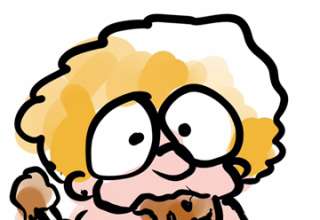
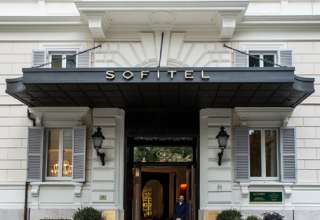
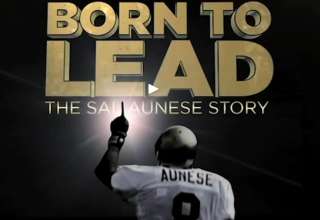
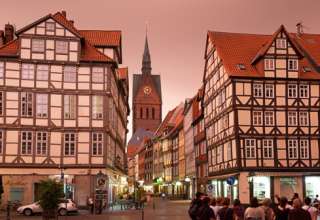

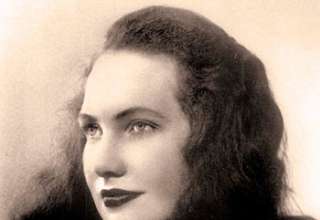
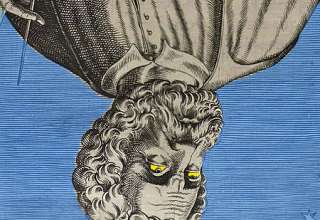
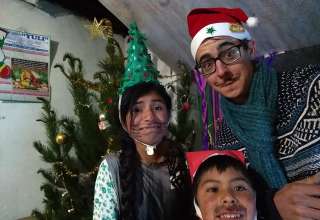
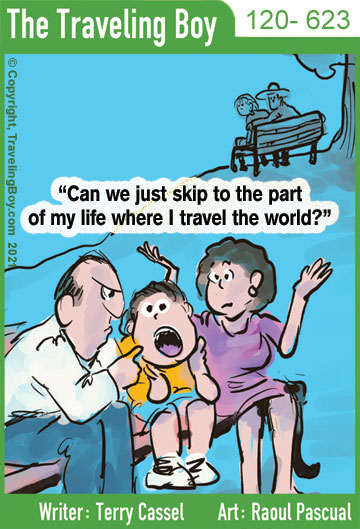














A Triumphal Entry – Student Blog
March 28, 2019 at 8:10 pm
[…] Saturnaliahttps://travelingboy.com/travel/saturnalia-history-christmas/ […]
Qual é a História Por Trás da Árvore de Natal? – Ministério de Reavivamento e Reforma
October 5, 2019 at 2:20 am
[…] Saturnália e a História do Natal […]
Marvin
April 9, 2024 at 6:32 pm
This is unfounded and false simply a deceptive anti Christian fiction